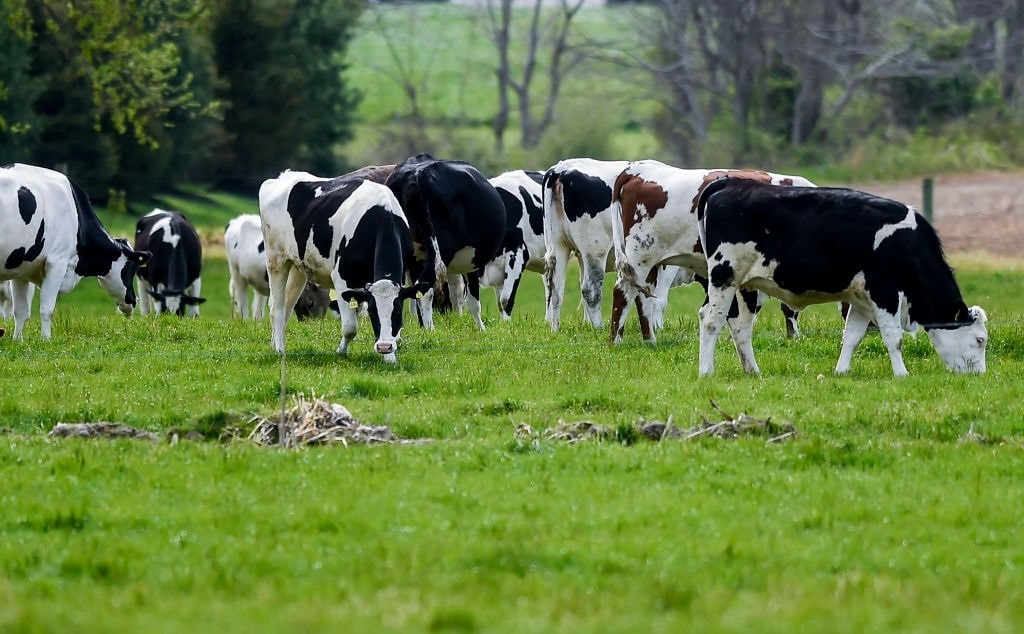Cows and bison in the same fix.
Climate “science” has long claimed that the hard-working beaver plays an essential role in sequestering carbon by corralling sediments in dams. A recent scientific study asserts that beavers colonizing the Arctic tundra are doing the exact opposite, releasing methane when their warming ponds thaw vast areas of permafrost. It is hard to decide whether beavers are enemies or allies in the climate mission to save the world — a common theme in the cloudy waters of pseudo-scientific climate claims.
Good Beaver, Bad Beaver
The latest beaver climate-impact narrative alarmingly suggests beavers have been colonizing the northern territory at a frantic pace, creating new bodies of relatively warm water with their damming projects that thaw the underlying ground and release methane, a marsh gas now designated as a planet-slayer. Scientists have been able to confirm this phenomenon with satellite imagery of methane hotspots that extend for many meters around the ponds.

(Photo by Ben Hasty/MediaNews Group/Reading Eagle via Getty Images)
This beaver effect contrasts with earlier assessments of southern denizens who allegedly sequester carbon using these exact same ponds. It appears that the identical activity in two disparate regions yields diametrically different climate impacts. This is no meaningless inquiry – governments and venture capitalists invest billions of dollars in schemes driven by such “science” with often unanticipated climate, social, and economic impacts. Interestingly, the beaver problem in Canada is attributed to anthropomorphic causes – warming temperatures and reduced trapping.
Beavers, Cows, and Humans
Climate warriors are finding it hard to hit a target they keep shifting. The case of beavers invites other contrasts. Consider that not all humans or cows pollute the same, much like beavers. The Amish and Inuit do not pollute anywhere near as much as the typical urban American teenager. The Amish likely sequester more carbon in the soil from farming throughout their lifetimes than they ever create from consumption; the Inuit do not farm but at least they don’t consume cell phones and flatscreen TVs. And the carbon footprint of societies such as that of the United States may improve with the purchase of solar panels and EVs, but only while that of China spikes upward by manufacturing those very consumables.
Just like the lowly beaver, there seem to be good climate humans in some areas and bad actors in others. This is also evident with cows, standing in the dock with beaver climate offenders. Cows in concentrated animal feed operations (CAFOs) generate much more pollution due to their incarcerated dependence on human fossil fuels than cows freely roaming in pastures (which nurture soils and reduce erosion). Such domesticated bovine are more like bison, who once roamed the American Plains, building the soils that feed the nation even now.
Bison vs Cows
Indeed, the same cadre of climate investigators ogling beavers have identified bison as climate saviors. The Sierra Club claims cows are bad, and grazing them on public lands is bad, but bison are beneficial:
“This all may seem contrary to what you may have known about grazing animals impacting the climate. Typically we hear about their methane emissions, which is a greenhouse gas that causes considerable climate impacts … If bison were restored to this landscape it could heighten the ability of the soil to hold even more carbon dioxide, acting as a natural carbon storage facility (Wright, 2018). It is important to note, however, that holistic grazing methods with bison are still being researched by scientists and there is some disagreement on its’ [sic] ability to act as a potential climate solution (Irfan, 2018; Wright, 2017). Nevertheless, it is interesting to think that restoring bison to the landscape could have the potential effect of helping solve the climate crisis.”
It is interesting to think about how this bison analysis might be applied to cows and beavers and how important it is to complete such research before closing farms and culling herds. Of course, cows replenish soils and provide vital natural fertilizers in lieu of synthetic chemical substitutes. America has about 94.4 million cows, 70% of them confined in CAFOs where they are fed tens of millions of acres’ worth of machine-harvested feed. Less than 1% of the nation’s 360,000 bison are wild. The “climate crisis” will sooner be solved by fusion engines in every car and home before enough bison can be procured to counter planetary warming (unless they are cloned in a factory, like synthetic meat). But the nation’s cows are ready to serve!
Conflicting Climate Prophecies
Grand globalist policies are launched on the whispers of so-called climate scientists who seem to lack the common sense of a ruminant. It is to be expected that beavers will vary in impact – aren’t the bad beavers in the north also sequestering carbon dioxide in their methane-releasing ponds? How can scientists condemn cows and praise bison in the same breath without seeing the conflicting assessments? How can cow methane (from burping) be used to eclipse cow carbon sequestration (through defecation)? Just like beavers and humans, not all cows are the same.
The beaver climate impact about-face is just one of a plethora of bait-and-switch propaganda flip-flops by climate alarmists who rush to cataclysmic judgments at every turn. If the ideological fanatics cannot pause long enough to reflect on the myriad inconsistencies and conflicting motives in their own pseudo-scientific “works,” it is to be hoped that you, dear reader, have now done so.

